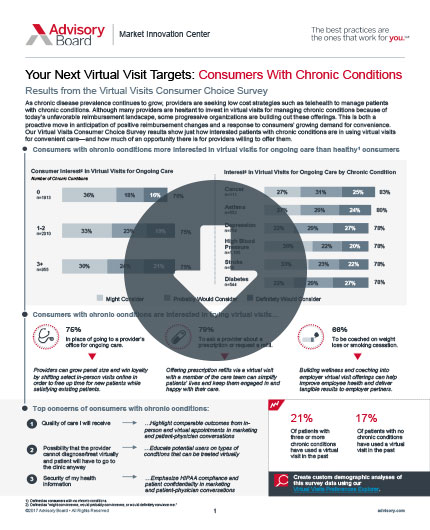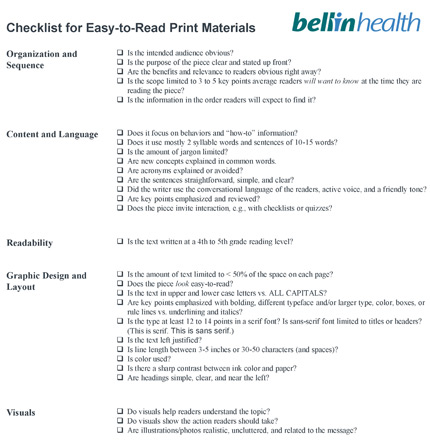Auto logout in seconds.
Continue LogoutZina Martinez had suffered from nosebleeds since she was eight, and doctors had told her it was nothing to worry about. But later in life, Martinez learned she suffered from a genetic disorder that ended up landing two of her children in the hospital, Sandra Boodman writes for the Washington Post.
Get these 4 tactics to maximize the ROI of your patient education program
A history of health problems
When Martinez was five, she occasionally suffered from seizures, but doctors were unable to determine an underlying cause, Boodman writes. She spent two years on anti-seizure medication before her doctors deemed it unnecessary.
By the time she was eight, she began experiencing nosebleeds, but her doctors told her mother the dry desert air of Las Vegas where she lived was likely to blame, Boodman writes.
In 2003 at the age of 20, Martinez gave birth to her first son, Daunte, and in 2006, her second son Antonio was born. While pregnant with Antonio, Martinez developed preeclampsia—hypertension induced by pregnancy that can be fatal if left untreated. Antonio was born healthy. Martinez developed the condition again three years later when pregnant with her daughter Elliyana, who was delivered via emergency Caesarean section premature and spend almost two weeks in the NICU.
Two children with the same problem
In May 2011, Martinez received a call from Daunte's elementary school. Daunte, who was seven at the time, had a severe headache and was vomiting. At the ED, a CT scan revealed Daunte had a massive brain bleed caused by an arteriovenous malformation (AVM), Boodman writes. If cerebral AVMs rupture, they can cause a stroke, coma, or death.
Daunte was placed in a medically induced coma and underwent an embolization, a procedure that requires doctors to thread a catheter through an artery into the brain to block the blood supply feeding the AVM. Fortunately, Daunte suffered no brain damage, which his doctors said was miraculous given how severe his AVM was.
At the time, Martinez asked doctors if her other children should be examined, but was told AVMs are extremely rare. One doctor told Martinez there was a "one in a million chance" another one of her children could have one, and that screening them wasn't warranted.
Just over a year later, Elliyana awoke in the middle of the night and complained of a severe headache before she began vomiting and lost consciousness, Boodman writes. She was rushed to the ED where a CT scan revealed she too had an AVM in her brain, and it had ruptured, leaving her in a coma.
Doctors ultimately found five AVMs in Elliyana' brain. One required immediate treatment, while the others were monitored and later surgically removed. Elliyana lost herperipheral vision, but did not suffer any other brain damage.
While Elliyana was in the hospital, Martinez demanded answers from the medical staff who'd previously said her other children didn't need to be checked for AVMs.
A few days later, a hematologist asked Martinez and her husband, "Which one of you has nosebleeds?" When Martinez said she had had them all her life, the specialist responded saying, "Well, you're the reason your kids' brains are bleeding. You have HHT."
What is HHT?
Hereditary hemorrhagic telangiectasia, or HHT, is rare a genetic disorder in which blood vessels don't develop properly, Boodman writes. HHT affects just one in 5,000 people worldwide and can cause blood vessels to form without capillaries, weakening the vessels and leaving patients prone to bleeding. Ruptured AVMs are generally rare in people with HHT, but they are possible.
If a parent has HHT, their children have a 50% chance of developing the disease themselves, Boodman writes. The most common symptom of HHT is recurring nosebleeds that typically start in childhood, Boodman writes. The disease requires lifelong monitoring and treatment, and there's no cure.
Justin McWilliams, co-director of the HHT Center of Excellence at UCLA, said people with HHT aren't typically diagnosed until their mid-30s. "HHT is almost as common as cystic fibrosis," he said. "But unlike CF, most doctors have never heard of it and say to patients 'Oh, you have nosebleeds.' Usually it's kind of ignored." In fact, it's estimated that about 90% of people with HHT are unaware they have it, Boodman writes.
McWilliams added that, despite the now more than 24 centers in the United States that specialize in treating HHT, the disease still has a lack of recognition. The key to fighting it is early diagnosis. "It's important for doctors to think more deeply and recognize that sometimes a nosebleed is more than just a nosebleed," McWilliams said (Boodman, Washington Post, 11/17).
Start creating and promoting your patient education tools
Deploying a scalable, robust patient education program is central to elevating patient engagement and a cornerstone of a successful population health management strategy.
Although most providers have invested in patient education, many programs fall short of their goals. Find out how to develop scalable and effective patient education strategies that focus on sustainable, skills-based learning—and download these best-in-class examples.
Don't miss out on the latest Advisory Board insights
Create your free account to access 1 resource, including the latest research and webinars.
Want access without creating an account?
You have 1 free members-only resource remaining this month.
1 free members-only resources remaining
1 free members-only resources remaining
You've reached your limit of free insights
Become a member to access all of Advisory Board's resources, events, and experts
Never miss out on the latest innovative health care content tailored to you.
Benefits include:
You've reached your limit of free insights
Become a member to access all of Advisory Board's resources, events, and experts
Never miss out on the latest innovative health care content tailored to you.
Benefits include:
This content is available through your Curated Research partnership with Advisory Board. Click on ‘view this resource’ to read the full piece
Email ask@advisory.com to learn more
Click on ‘Become a Member’ to learn about the benefits of a Full-Access partnership with Advisory Board
Never miss out on the latest innovative health care content tailored to you.
Benefits Include:
This is for members only. Learn more.
Click on ‘Become a Member’ to learn about the benefits of a Full-Access partnership with Advisory Board
Never miss out on the latest innovative health care content tailored to you.


